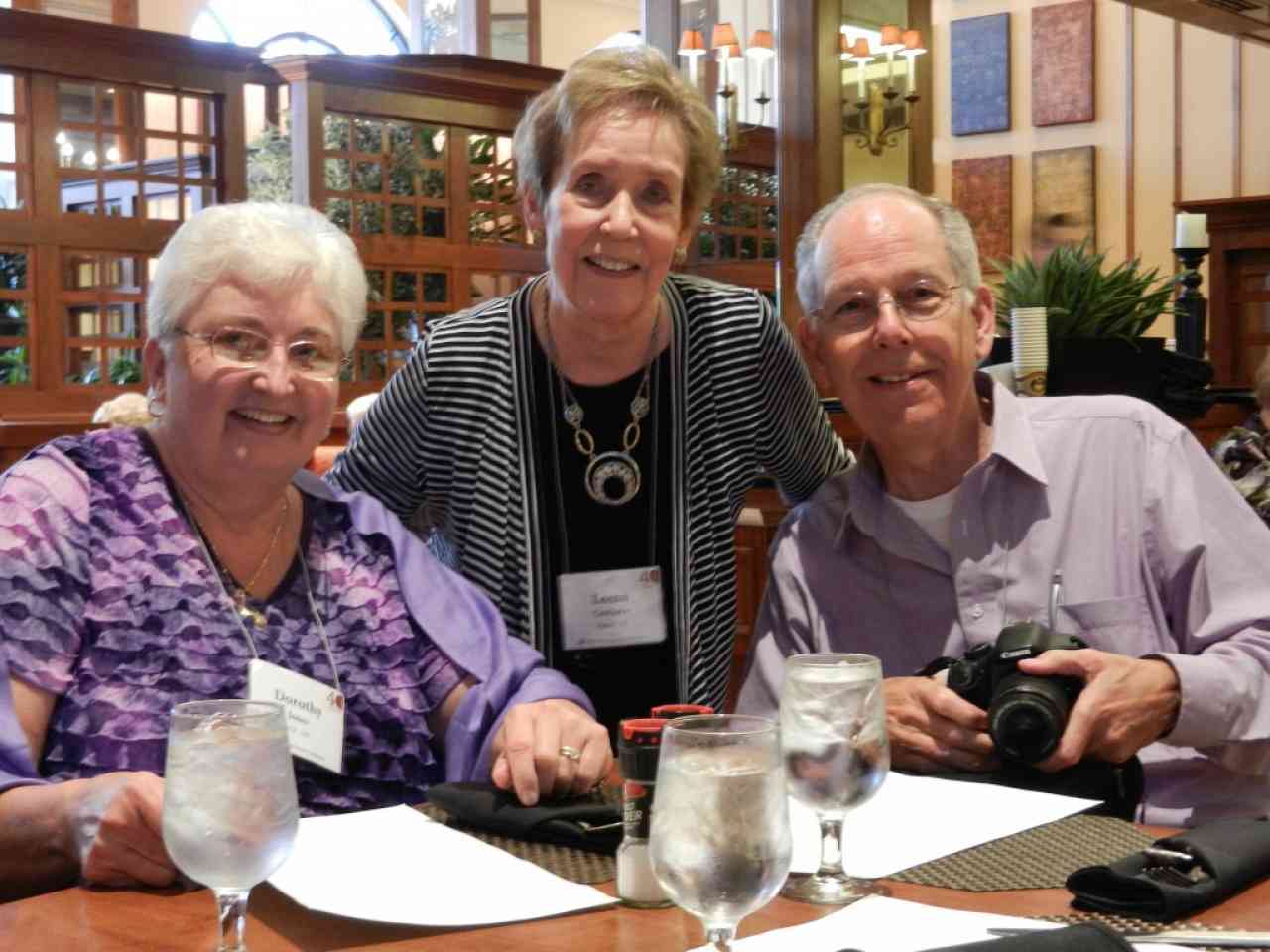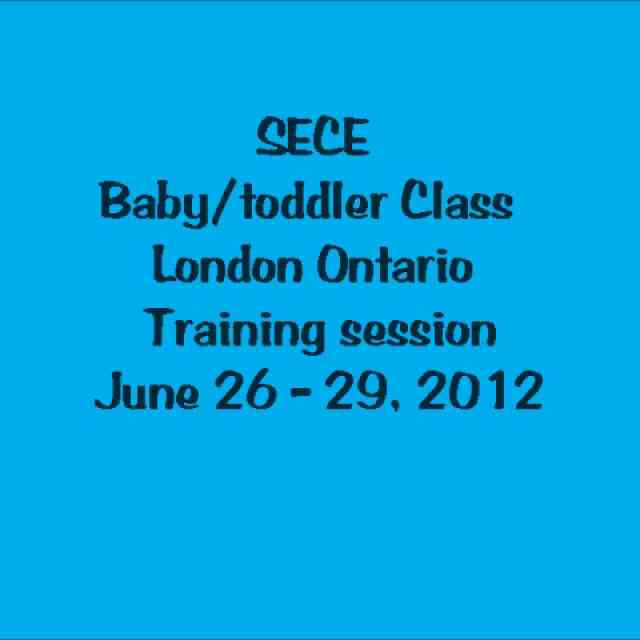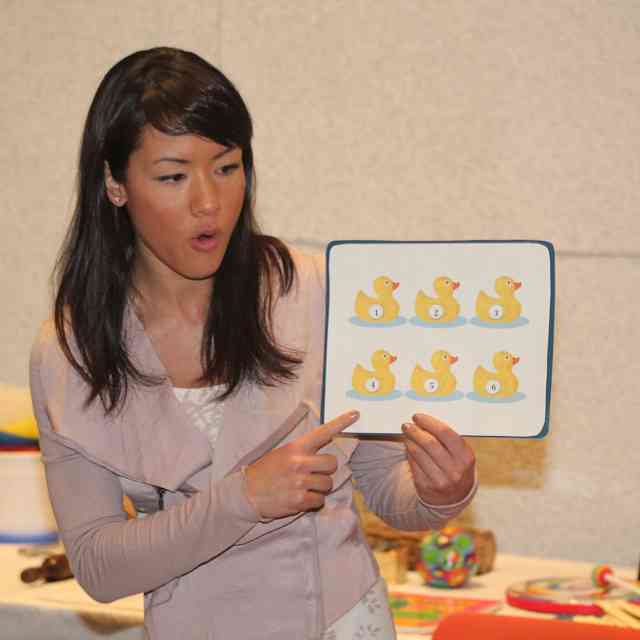
Dorothy Jones, Leena Crothers, and Don Jones at the 2012 Conference
“Dr. Suzuki, you seem to be more interested in the success of the early childhood programs than anything else. Is that right?” Suzuki replied, “Yes. It is so important, the early training. It is difficult to get support for this work. Not many are interested, or they don’t know what to do. They should follow the Mother Tongue Method.”
—William Starr
40 and Forward! The SECE program stepped into the future strong and reenergized. We had thirteen sessions, an all time high. We were privileged to have so many presenters who embody the Suzuki spirit: William Starr, Dorothy Jones, Edmund Sprunger and Leena Crothers, to name a few. The research done by Dr. Laurel Trainor and David Gerry has recently been published in Developmental Science and Annals of the New York Academy of Sciences and has been publicized widely in newspapers and blogs from the New York Times to Yahoo! Canada.
Our program of sessions started out Friday morning with a video presentation produced by Lynn McCall, this year’s SECE coordinator. It gave us a closer look at Suzuki Early Childhood Education. It explained some of the intricacies that make it a uniquely superior early childhood program. The video was very well received and many people asked for copies. This video will be available on the SAA website and on www.alylasuzuki.com.
The next session was exhilarating! William Starr and Dorothy Jones, both Suzuki pioneers, showed never-before-seen video of William Starr interviewing Dr. Suzuki about his views on early childhood education. Dr Suzuki also spoke about the Hongo Elementary School Project. He talked about how his methods were employed and the overwhelming success of the project. He explained his belief that respect for every child’s abilities leads to a spiritual connection developing one’s soul to another’s soul.
Later that afternoon, Dorothy Jones gave us a very informative session titled “SECE Classes: What and Why?” She spoke about how the SECE curriculum encourages empathy, cooperation, ability to follow instructions, early focus and concentration skills, developing good aural and visual skills, and early math and language literacy and how through these classes, parents learn to notice and respect the enormous development of their child.
Our last session on Friday was given by Joyce Hodge, Wan Tsai Chen and Laura Speno. Very clear examples were given to show us the many benefits of starting at a very early age to form a strong Suzuki triangle. We were also shown how important the interaction between team teachers is in creating focus in very young children.
Saturday morning started off with Dr. Laurel Trainor and David Gerry. In 2008 they were awarded a grant from the Grammy Association to examine whether or not SECE classes play a significant role in the development of babies in the very early years. In this session, they discussed their findings and the impact these classes have on infants and very young children. We are all very excited to now have these beginning studies and look forward to their continuing research.
Next, we all enjoyed an interactive session with SECE teacher trainer Sharon Jones who explained how the curriculum from the class could fit into our instrumental concerts. Sharon gave examples of pieces that work well in performance and demonstrated how to do this by breaking the participants into small groups to create their own performance for the group. Fun was had by all!
Shirley Jamison Star and Alyse Korn gave us some very practical information about how we could set up a new SECE program and the benefits of including SECE at institutes. The session handout can be obtained on the SAA website.
Sunday was another full day of enlightening sessions for SECE. We started the day off with a very well attended session given by violin teacher trainer Edmund Sprunger. In this session he presented psychologist Margaret Mahler’s ideas about the stages a child goes through to establish his or her personal identity. He spoke about examples of why some difficulties occur with children’s behavior and the source of these problems. He then facilitated a breakout discussion for the SECE Teachers. It was a very lively discussion! We would have liked to go on for hours!
William Starr was up next and spoke about his son Michael’s experience as the only American child to have attended Suzuki’s kindergarten. As founder of numerous Suzuki programs and close friend of Dr. Suzuki, he understood Suzuki’s intense interest in early childhood education from age zero and its vital role in all later learning. Starr related this anecdote: “When I was talking about Michael’s memorizing all those haiku, I neglected to mention a fact that would be relevant. A few years ago, Michael, who is a free-lance violinist and recording engineer in Los Angeles, was asked to sub for an ailing fiddle player on the Hank Williams national tour. He had three days to prepare and he didn’t know any of the music! He ran to a record store, bought Williams last three CDs, memorized all the music, and walked on stage for the first concert in San Francisco with NO rehearsal and continued with the tour!” What a testament to his early childhood memorization training!
Leena Crothers, piano teacher trainer, spoke about her experiences with receiving new piano students who have been through the SECE program. She says, “After observing the SECE class for the first time, I found it hard to believe what I saw! Babies ages zero–three were keenly following the instruction and paying attention throughout the whole hour. This was impressive and better than many older children I had seen. The essential element in the SECE classes is the extremely well-organized structure, carefully thought out for the whole program. Dr Suzuki was so right when he said that babies and young children can learn everything if they are taught the right way. This program proves him right!”
One more session for Sunday, Sharon Jones gave us an opportunity to review the skeleton of the week one and two curriculum. This was another interactive sharing experience which was enjoyable to all.
We finished up Monday morning with a valuable talk given by Shirley Jamison Star. She helped us to see the characteristics of the SECE-trained parents and children and how they influence and equate to success in the instrumental studio.
We SECE teachers are so grateful to all of our presenters. We look forward to many more teachers being trained and registering courses in this area so that this program will flourish! Our hope is that these sessions have promoted awareness and increased knowledge about the Suzuki Early Childhood Education method and have shown the importance of this foundational Suzuki class to impact the lives of children. We come away from this 15th biennial conference inspired to continue Dr. Suzuki’s work creating excellence in children.









